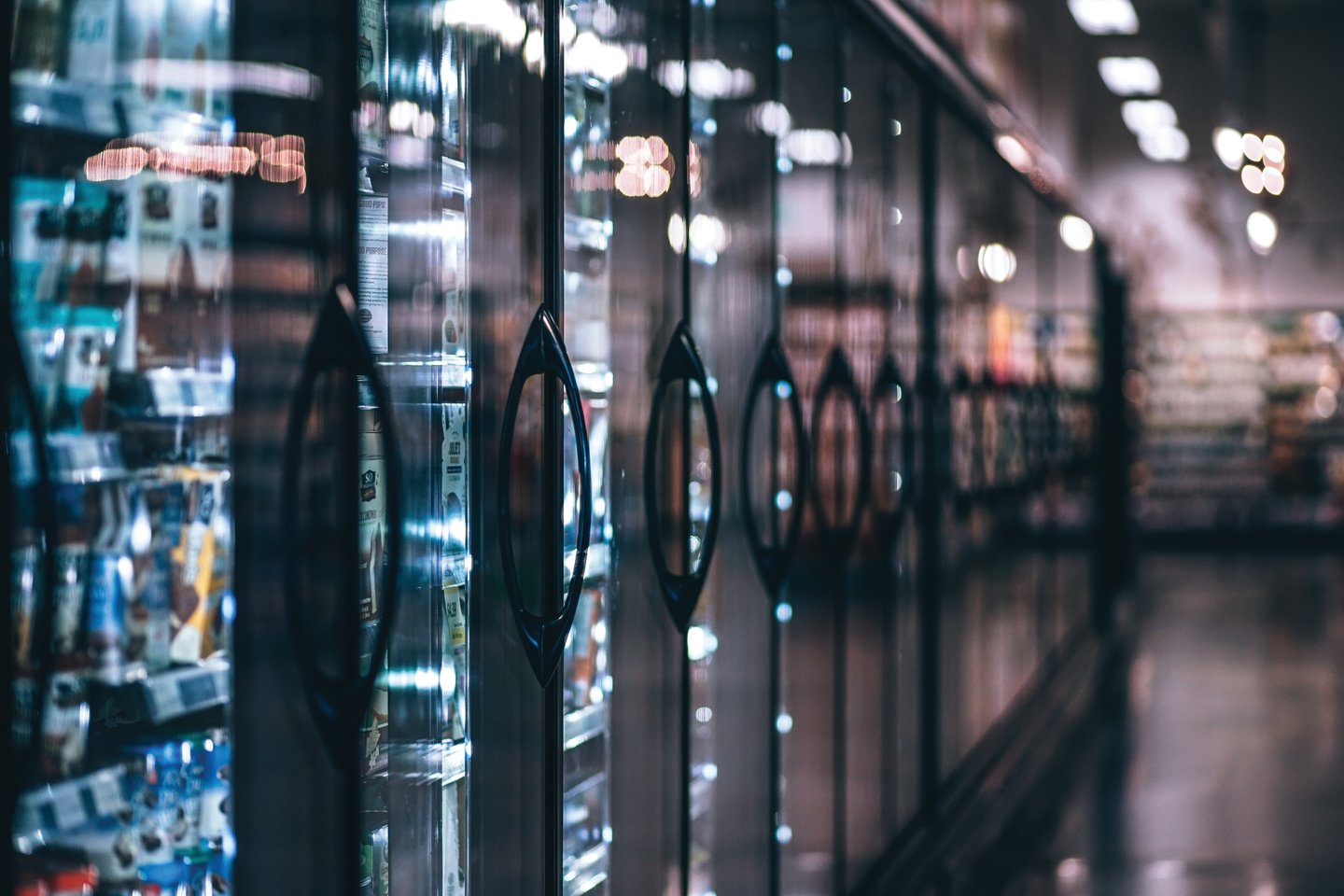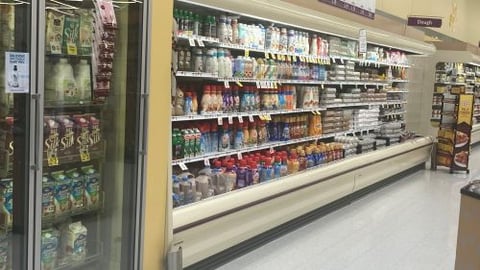10 HVACR Innovations Transforming Retail Operations
Recent Environmental Protection Agency (EPA) refrigerant regulations and proposals are spearheading the transition to lower-global warming potential (GWP) substitutes. Next-generation alternatives like A2Ls, A3s and CO2 will become increasingly commonplace as the hydrofluorocarbon (HFC) phasedown progresses over the next several years.
Department of Energy (DOE) standards are also driving ever-tightening energy reductions. Its latest proposal calls for significant efficiency improvements in walk-in coolers and freezers (WICFs). At the same time, many companies are working toward environmental, social and governance (ESG) targets.
[RELATED: Carbon-Cutting Refrigerants Are a Natural Fit for Grocers]
With deadlines approaching quickly, significant research and development are underway to address these converging challenges. The following 10 innovations are poised to transform the future of retail operations.
1. Refrigerant leak detection
Leak detection will be essential for ensuring safety in flammable A3 and lower-flammability A2L refrigerants. It will also become even more important in existing equipment to limit HFC emissions and preserve refrigerant charges. Integrated leak detection and case control solutions will improve safety, temperature precision, system performance and efficiency.
2. Demand response and load shifting
Energy optimization programs offered by local utilities can help retailers mitigate peak demand charges, which could lower annual electricity costs. Connected energy management controls are necessary for participation in several of these initiatives, including grid-interactive building (GEB) and distributed energy resource (DER) programs.
Many retailers will start with optimization strategies that leverage AC rooftop units or lighting controls, rather than focusing on refrigeration. This approach removes concerns about food quality and safety, while enabling retailers to lower energy costs and potentially receive financial incentives.
3. Cold thermal energy storage (CTES)
CTES technology primarily targets frozen or low-temperature (LT) loads, which present lower risks to food quality and safety. Thermal energy is stored during periods of low electricity demand by lowering LT freezer setpoints. Then, during peak periods, the thermal energy of the frozen food helps maintain temperatures with less electricity, lowering (or avoiding) peak charges. Battery backups can be used in a similar fashion to assume the electrical load of a refrigeration footprint during brief periods of peak demand.
4. Integrated compression and controls
Connected controls can continually evaluate system variables and maximize efficiency without affecting reliability. In this way, they can push compressors to their pressure limits when maximum capacity is needed while optimizing performance in the lower range.
5. Variable frequency drives (VFDs) in commercial refrigeration
VFDs have traditionally been difficult to implement in refrigeration because of the wide variety of systems and load requirements. Advancements in VFD and scroll compressor integration are overcoming this challenge, enabling lower energy consumption, multiplexing configurations in remote condensing units, precise load matching and increased reliability.
6. Autonomous system control
The need for CO2-specific rack and system controls has driven the advancement of autonomous controls that will help end users and service technicians with all types of refrigeration technologies. Connected ecosystems combine system controls, case controllers, leak detection and associated devices to enable deep visibility into system performance and operation.
7. Smaller-footprint distributed CO2 refrigeration
CO2 transcritical booster (TCB) systems and compression technologies are evolving to support smaller, more centralized refrigeration strategies and even individual condensing units. Distributed CO2 systems will also help support end-of-life equipment strategies, enabling sections of legacy systems to be phased out in favor of low-GWP CO2 refrigeration technologies.
8. Climatic optimization of CO2 TCB systems
Historically, base CO2 TCB systems have been more efficient in cooler climates than in warmer regions. But modern climate-specific optimization strategies are closing the gap. A recent climate study commissioned by Copeland evaluated leading design strategies, providing recommendations based on climatic conditions.
- Adiabatic (wet) gas coolers improve efficiencies in hot, dry climates.
- Parallel compression is most effective in hot, high-humidity climates, providing higher annual energy savings than adiabatic gas coolers in regions where the humidity is above 30%.
- Low to zero superheat delivers annualized energy efficiency gains, regardless of climatic conditions.
9. Wider adoption of flammable refrigerants
The imminent EPA approval of A2Ls and higher charges of R-290 in self-contained equipment are driving innovations in system safety. Mildly flammable A2Ls will require optimized components but are expected to fill a broad niche of self-contained and remote systems. Although R-290 is already widely used, charges are currently restricted to 150 grams. Higher charges up to 500 grams will significantly increase system capacity and the breadth of potential applications.
10. Scope 3 emissions tracking
Although scope 1 (direct) and scope 2 (indirect) emissions are the targets of many current innovations, companies are also evaluating how their supply chains can help them meet scope 3 (lifecycle climate impacts) targets for greater sustainability gains.
Preparing for the future of refrigeration
New equipment and refrigerants will pose steep learning curves for service technicians. As the refrigerant transition continues to transform the equipment supply chain, emerging solutions must be tailored to help simplify the transition and enable remote visibility into retail customers’ systems.






